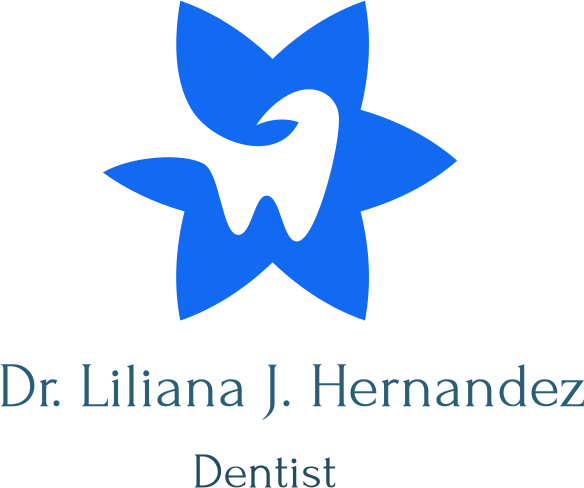Micro Dentistry
For early cavity diagnosis undetected by x-ray, our office employs Diagnodent Laser Technology.
Anesthesia free and utilizing less invasive Air Abrasion, this treatment has replaced high speed drilling to clean small areas of decay from the tooth. After removing the decay we will seal the area with bonding
The most conservative treatment for decay is catching it at its earliest stage.

Inlays and Onlays
When a tooth is too damaged to support a tooth filling but not damaged enough for a dental crown, you end up somewhere in the middle. Capping a damaged tooth unnecessarily with a dental crown removes more tooth structure than needed. But a large dental filling can weaken the remaining structure of the tooth, causing the tooth to break, crack or eventually need a root canal.
When you’re faced with the choice between a large tooth filling or a dental crown, do you save money now and risk major dental problems down the line or undergo possibly an unwanted dental treatment?
There is a dental restoration that can solve your problem: dental onlays. Dental onlays fall somewhere in between dental fillings and dental crowns. Like dental inlays, onlays restore large cavities without having to use a crown.
Dental inlays and onlays are the same kind of restoration, but they cover different proportions of the tooth. A dental inlay fills the space in between the cusps, or rounded edges, at the center of the tooth’s surface. The dental onlay works like an inlay but covers one or more cusps or the entire biting surface of the tooth. Because of their extensive coverage, dental onlays are sometimes referred to as “partial crowns.”
Services / General Dentistry:
Fillings
Metal Free Fillings are done to remove decay and replace the affected tooth structure. It is called a filling because a new material fills the hole that the decay left behind. Nowadays most teeth are treated with tooth colored composite resin fillings. Caught early enough, cavities can be treated easily and painlessly. If not treated, decay can lead to tooth pain and/or infection, and the tooth would need root canal treatment or extraction.
Dental Bonding
Bonding is another option in cosmetic dentistry. This procedure is used to repair chipped or worn teeth, gaps between teeth and discoloration. Unlike many of the other cosmetic options, dental bonding does not require anything to be sent to a lab. This procedure can take place in one visit.
With the use of tooth colored resin material, areas that have been damaged can be fixed. The tooth is prepared, cleaned and special adhesives are added. Colored resin is placed on the tooth, then sculpted and molded to the desired shape. An ultraviolet light is used to harden and set the bonded resin. When this procedure is completed the tooth will look natural.

Call (954)523-0566

Root Canals
Root canal treatment (also referred to as root canal therapy or endodontic therapy) is often necessary when a cavity progresses, through neglect, to reach all the way to the pulp. (Regular cleanings and checkups prevent and detect problems early.) Sometimes deep restorations or trauma to a tooth may cause the nerve to be damaged to the point it needs root canal therapy. Once this occurs the pulp becomes infected, and can even extend through the root tip and begin to eat away at the surrounding bone (this is an abscess). By the time the pulp is infected it must be treated, and cannot heal on its own. It can even weaken the entire immune system. This is dangerous, not to mention very painful. Symptoms that the pulp has become infected may include sensitivity to hot/cold or sweets, pain, swelling, and a bad taste in the mouth. Sometimes, however, no symptoms are apparent, and the person is unaware of any problem until a checkup.
A root canal is then performed to clean out the infected tooth pulp, and to disinfect the canals of the tooth. The only other treatment would be to extract the tooth. Once the infection
is resolved, the canal(s) are filled in to prevent any further infection. Usually a core build-up and crown is recommended for restoring a tooth that has had root canal therapy.
